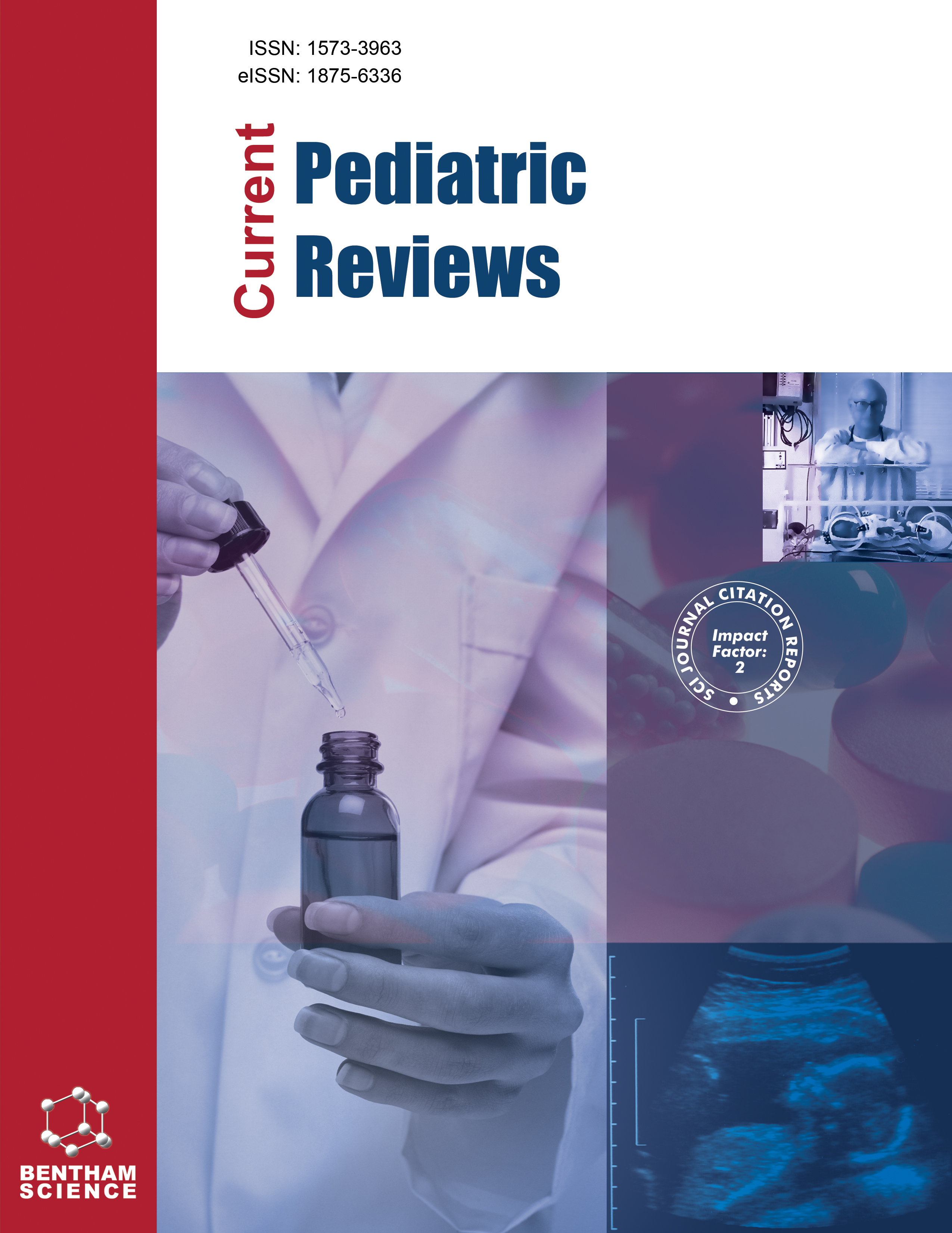-
oa The Neurological Sequelae of Neonatal Hyperbilirubinemia: Definitions, Diagnosis and Treatment of the Kernicterus Spectrum Disorders (KSDs)
- Source: Current Pediatric Reviews, Volume 13, Issue 3, Aug 2017, p. 199 - 209
-
- 01 Aug 2017
Abstract
Background: Despite its lengthy history, the study of jaundice, hyperbilirubinemia and kernicterus suffers from a lack of clarity and consistency in the key terms used to describe both the clinical and pathophysiological nature of these conditions. For example, the term Bilirubin-induced Neurological Dysfunction (BIND) has been used to refer to all neurological sequelae caused by exposure to high levels of bilirubin, to only mild neurological sequelae, or to scoring systems that quantitate the progressive stages of Acute Bilirubin Encephalopathy (ABE). Objective: We seek to clarify and simplify terminology by introducing, defining, and proposing new terms and diagnostic criteria for kernicterus. Methods: We propose a systematic nomenclature based on pathophysiological and clinical criteria, presenting a logical argument for each term. Acknowledging observations that kernicterus is symptomatically broad and diverse, we propose the use of the overarching term Kernicterus Spectrum Disorders (KSDs) to encompass all the neurological sequelae of bilirubin neurotoxicity including Acute Bilirubin Neurotoxicity (ABE). We further suggest subclassification of KSDs based on the principal disabling features of kernicterus (motor, auditory). Finally, we suggest the term subtle KSD to designate a child with a history of significant bilirubin neurotoxicity with mild or subtle developmental delays. Results and Conclusion: We conclude with a brief description of the limited treatments currently available for KSD, thereby underscoring the importance of further research. We believe that adopting a systematic nomenclature for the spectrum of clinical consequences of hyperbilirubinemia will help unify the field and promote more effective research in both prevention and treatment of KSDs.


